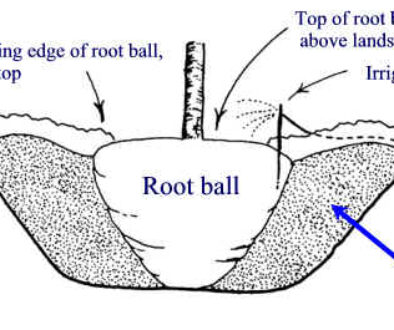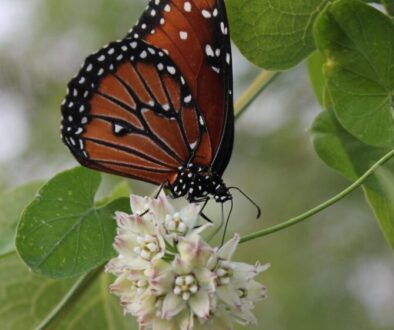Dethatching Defined – Improving Arizona Turf in the Late Summer
Dethatching Defined
It’s August, and your summer Bermudagrass should have grown in nicely by now. If it is still looking thin and patchy with areas of brown in between, your turf may be suffering the effects of too much thatch accumulation. Another good indication of thatch buildup is that the grass has a bouncy feel when you walk on it. In Arizona, overseeded turf is prone to thatch because the grass plants die back twice a year, and that dead material accumulates as thatch. Add dethatching to your summer turf care routine.
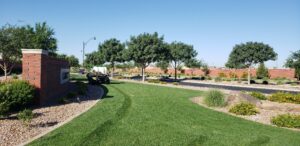
The purpose of dethatching is to remove that layer of built-up organic matter to restore some breathing room to the soil surface. The organic matter can consist of decomposing grass plants, tree droppings and insects or animal waste, but mostly uncollected grass clippings and living and dead Bermudagrass stolons and rhizomes.
But, wait a minute. Shouldn’t organic matter be beneficial to the soil and turfgrass plants? Yes, indeed. As organic matter decomposes, carbon, nitrogen and other important elements are released that are necessary for plant growth. Organic matter at the soil surface also forms a barrier against weed germination and serves to minimize water evaporation and protect grass against frost damage. So why would we need to remove the thatch?
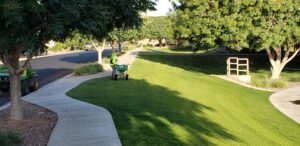
A layer of thatch is beneficial to a penetrable thickness of about one-half inch. More than that, and the thatch becomes an impermeable barrier to delivering air, water and nutrients to the soil layer and then down to the grass roots beneath. A thatch layer that is too thick can also harbor pests and detrimental fungi. Thatch can accumulate quickly if you overwater, overfertilize or have heavy clay soil.
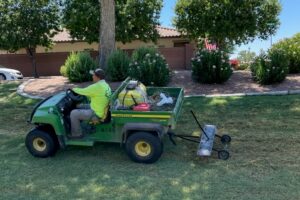
Thatch buildup causes thin, patchy grass with areas of brown in between. To be sure that thinness is due to thatch, use your fingers or a screwdriver to dig down between the grass blades until you touch the hard soil surface to roughly measure the depth of the thatch layer. Just an inch or so of thatch is going to have a damaging effect on your grass.
You can dethatch your lawn any time of year that the average nighttime temperature is above 60 degrees. This can be as soon as March or April in Arizona. To dethatch your lawn, you can always do it the old-fashioned way, using a sturdy steel rake. Or, you can rent a verticutter/power rake machine. Either way, be sure to clean up all of the debris that gets raked up so it doesn’t settle back in between the grass blades when you next water. Then apply the appropriate rate of fertilizer (see our blog post) to help the grass fill in the newly exposed bare spots.
Even if you dethatch your lawn, take steps to prevent it from happening too quickly again. Recalculate the correct rates of water and fertilizer you should be applying. There are online tools that can help you with both, like AMWUA’s Landscape Watering by the Numbers. Overall, no single action you take is enough to keep your grass healthy. It’s the combination of cutting, watering, fertilizing, aerating, dethatching and weeding that keeps grass looking great and growing well.



